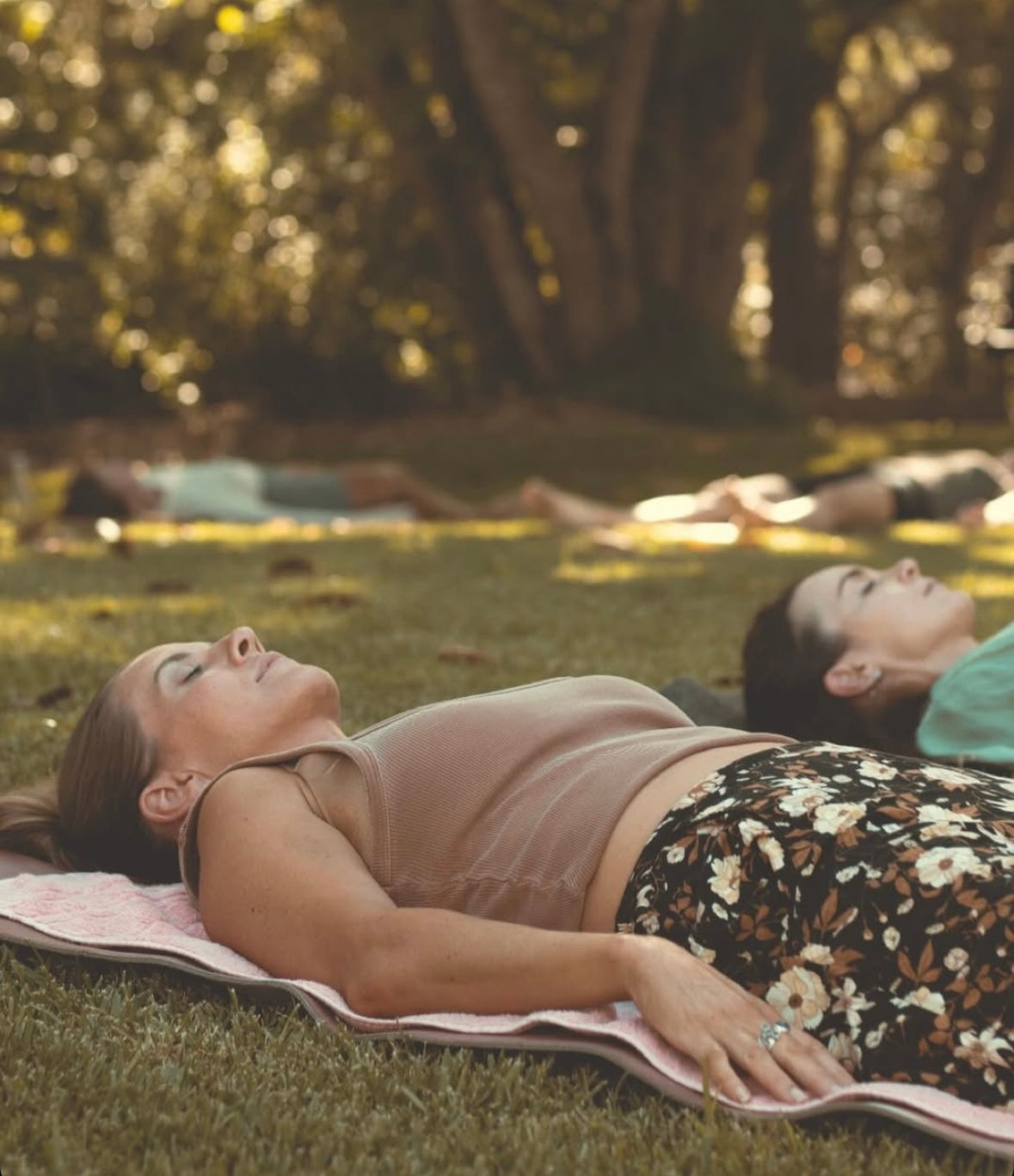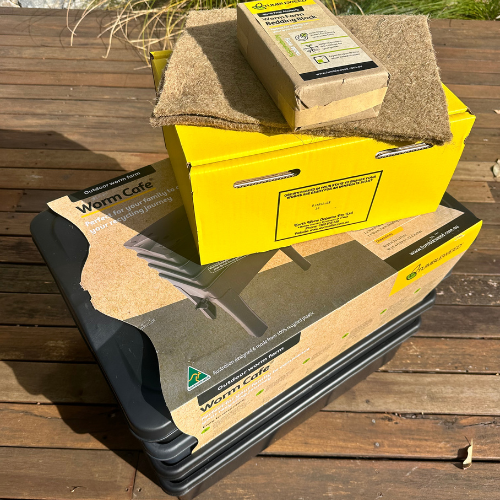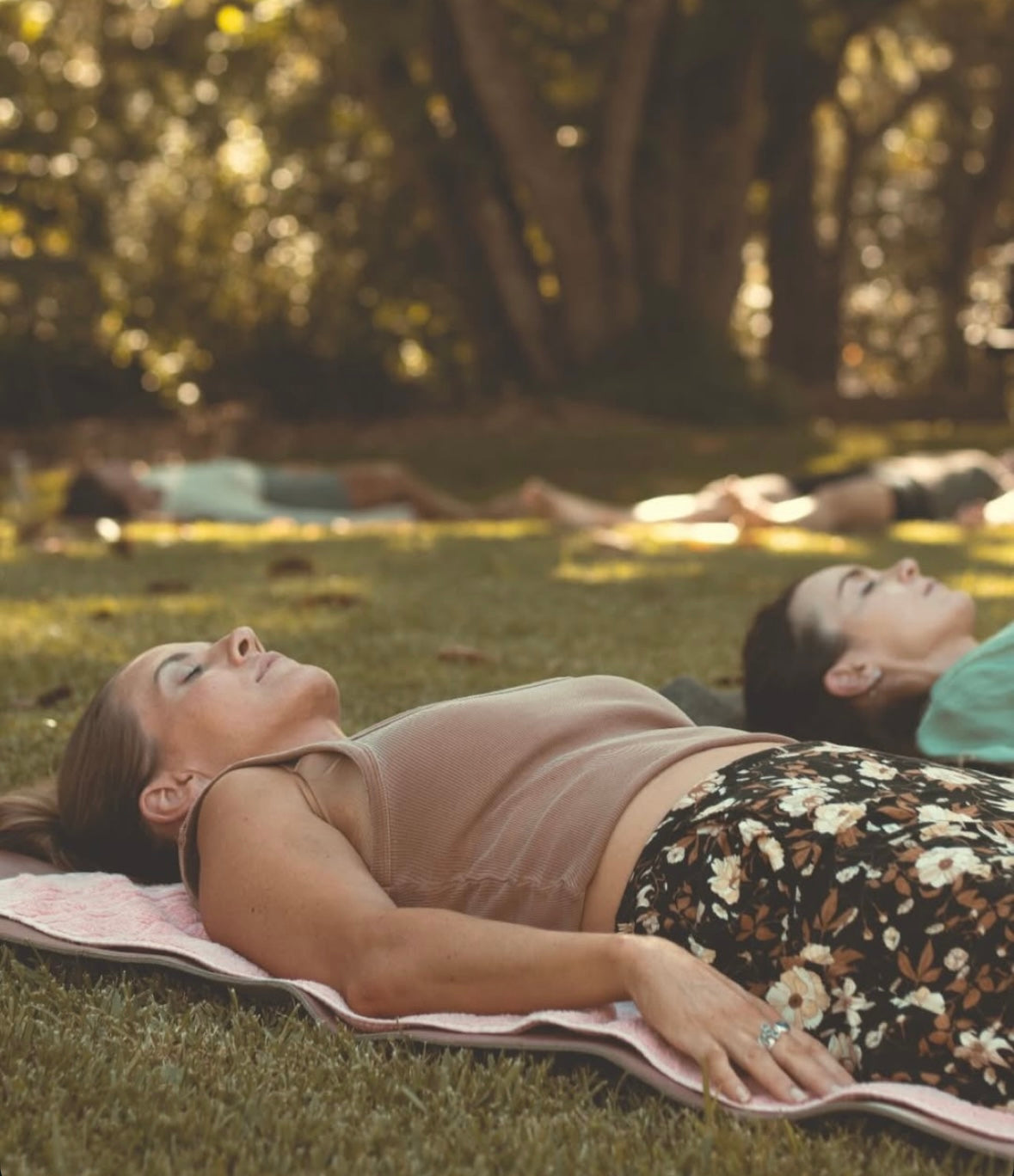Most people don’t realise that their sleep environment plays a HUGE role in how well they rest. Even small things—like a tiny light leak or the wrong type of noise—can be the difference between deep, dreamy sleep or tossing and turning all night.
So… how does your bedroom measure up? Take this quick checklist and grade your sleep setup!
Your Sleep-Friendly Bedroom Checklist
Give yourself 1 point for each “Yes” answer!
✅ Total Darkness – No light leaking from windows, nightlights, or glowing screens.
✅ Cool Temperature – Your room is around 16-20°C (60-68°F) for optimal sleep.
✅ No Blue Light Before Bed – No screens or bright overhead lighting 30-60 minutes before sleep.
✅ Minimal Noise – No sudden loud noises (or use white noise if needed!).
✅ Comfy Bedding & Mattress – Your bed actually feels like a sleep sanctuary.
✅ No Clocks Glowing at You – Bright alarm clocks and LED lights are covered or removed.
✅ No Late-Night Caffeine – No coffee, tea, or sneaky chocolate too close to bedtime.
✅ Sunlight in the Morning – You get natural light exposure in the AM to support your body clock.
Your Score:
🌙 7-8 points – Sleep Pro! Your bedroom is a true sleep haven. 😴✨
🌗 4-6 points – Room for improvement, but you’re on the right track!
🌑 0-3 points – Yikes! Time for a sleep-friendly makeover.
How did you score?
Did you take our Sleep-Friendly Bedroom Checklist and score lower than you’d like? Don’t worry—you’re not alone! Most people unknowingly sabotage their sleep with light leaks, screen time, room temperature, and even the way their bedroom is lit.
But the good news? Small changes can make a huge impact. Here’s exactly what to do to turn your space into the ultimate sleep sanctuary—based on real science (not just fluff).
1. The Problem: Too Much Light at Night = Poor Melatonin Production
🔴 Symptoms: Struggling to fall asleep, waking up multiple times, restless sleep
💡 The Science: Our brains are wired to follow the natural light cycle—bright light = awake, darkness = sleep. Even small amounts of artificial light (especially blue and white light) can suppress melatonin (the sleep hormone) and keep your body thinking it’s still daytime.
How to Fix It:
✔️ Total Darkness Matters – Use blackout blinds (like Mahalo Eco Blinds) to block streetlights, car headlights, or moonlight. Even a tiny sliver of light can signal “wake up” to your brain.
✔️ Use Beeswax Candles at Night – Instead of bright overhead lights, switch to beeswax candles or warm amber-hued lamps. Beeswax candles purify the air while keeping light levels low.
✔️ Keep Light Below Eye Level – Overhead lights mimic the sun, which confuses your body. Instead, use lamps closer to the ground (think: salt lamps, floor-level LED strips, or candlelight).
2. The Problem: Wrong Light Exposure in the Morning
🔴 Symptoms: Feeling groggy in the morning, struggling to wake up, energy crashes
💡 The Science: Just like we need darkness at night, we need bright natural light in the morning to reset our circadian rhythm. Exposure to sunlight within 30-60 minutes of waking increases cortisol (the good kind that wakes you up) and helps regulate melatonin production for the next night.
How to Fix It:
✔️ Open Your Blinds First Thing – If possible, get direct sunlight on your face for at least 5-10 minutes in the morning.
✔️ Go Outside for a Walk – Even 5 minutes of natural light can help reset your body clock.
✔️ Use a Light Therapy Lamp – If you wake up before sunrise or live somewhere with little morning light, use a 10,000 lux daylight lamp to mimic sunlight.
3. The Problem: Overheating at Night = Disrupted Deep Sleep
🔴 Symptoms: Waking up sweaty, tossing and turning, feeling unrested in the morning
💡 The Science: Your body temperature naturally drops at night, signaling that it’s time to sleep. If your room is too warm, it disrupts deep sleep and REM sleep, making you wake up more often.
How to Fix It:
✔️ Keep Your Bedroom Cool – The ideal temperature is 16-20°C (60-68°F) for optimal sleep.
✔️ Use Breathable Bedding – Ditch polyester and synthetic bedding (which traps heat) and opt for cotton, bamboo, or linen sheets.
✔️ Take a Warm Shower Before Bed – Sounds counterintuitive, but a warm shower before bed causes blood vessels to dilate, cooling your core temperature and helping you fall asleep faster.
4. The Problem: Hidden Noise Disrupting Your Sleep
🔴 Symptoms: Waking up randomly during the night, feeling like you got “light sleep,” never reaching deep sleep
💡 The Science: Even if you don’t fully wake up, your brain still registers sounds and pulls you out of deep sleep cycles.
How to Fix It:
✔️ Block Sudden Noises – Use white noise machines or a fan to create a steady background sound that drowns out random noises.
✔️ Earplugs for Light Sleepers – High-quality silicone or foam earplugs can reduce disruptive noises by 25-30 decibels.
✔️ Check for Vibrations – Low-frequency sounds (like traffic or appliances humming) can subtly disturb your nervous system. Try moving your bed further from electronics or testing different room placements.
5. The Problem: Blue Light Before Bed Delays Melatonin Production
🔴 Symptoms: Lying in bed unable to fall asleep, feeling wide awake even when tired
💡 The Science: Blue light (from phones, TVs, and LED lights) tricks your brain into thinking it’s daytime and can delay melatonin production by 90 minutes!
How to Fix It:
✔️ Ditch Screens 1 Hour Before Bed – Or at least switch devices to night mode and use apps like f.lux to reduce blue light.
✔️ Wear Blue Light Blocking Glasses – If you must be on screens at night, blue light blocking glasses can reduce the impact by up to 60%.
✔️ Swap LEDs for Warm Light Bulbs – If you need light at night, choose red or amber bulbs (they don’t impact melatonin like white/blue light).
Final Thoughts: Small Tweaks = Big Sleep Gains
Even if you only fix one or two things from this list, you’ll likely see immediate improvements in your sleep. The key is working with your body’s natural rhythm—darkness at night, light in the morning, a cool environment, and minimal disruptions.
If you’re ready to level up your sleep game, start with one simple change tonight and see how you feel in the morning!
✨ Want more sleep tips? Follow us on Instagram @mahaloecoblinds for daily hacks!






